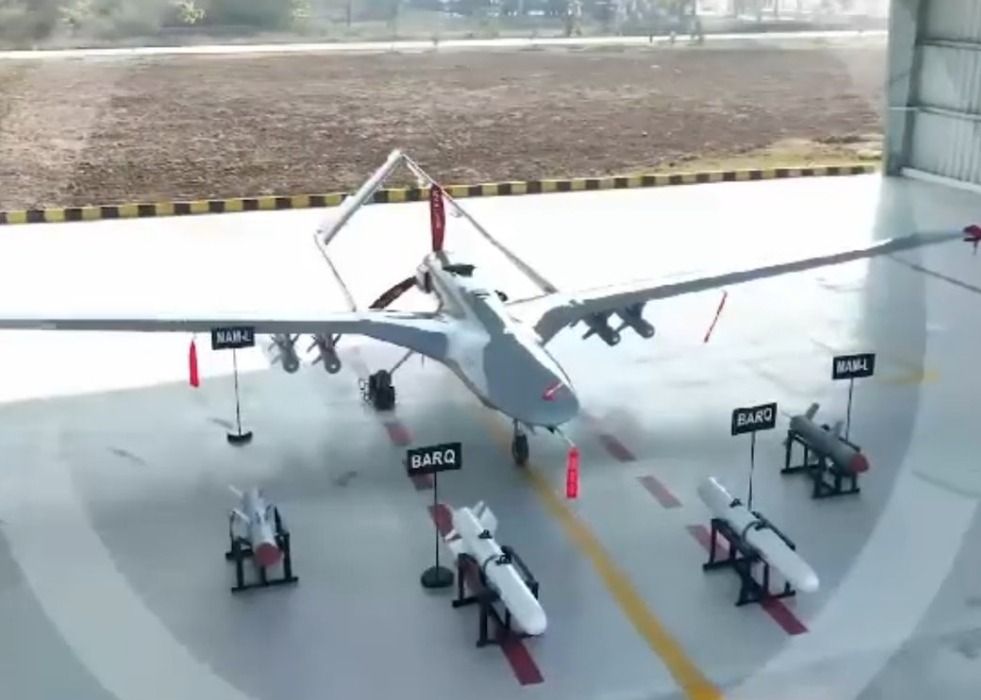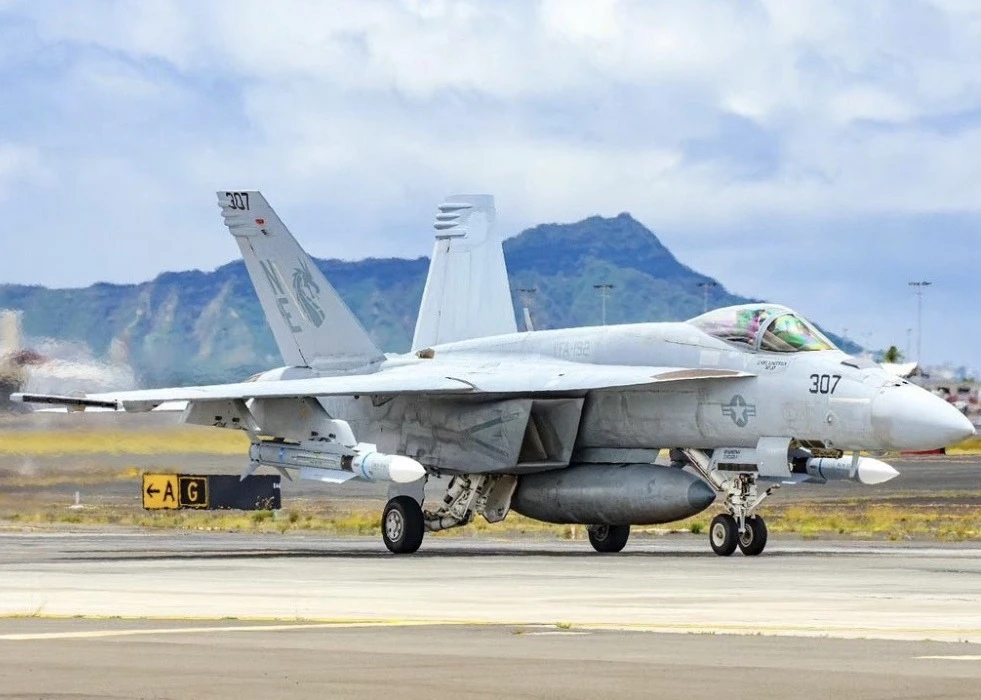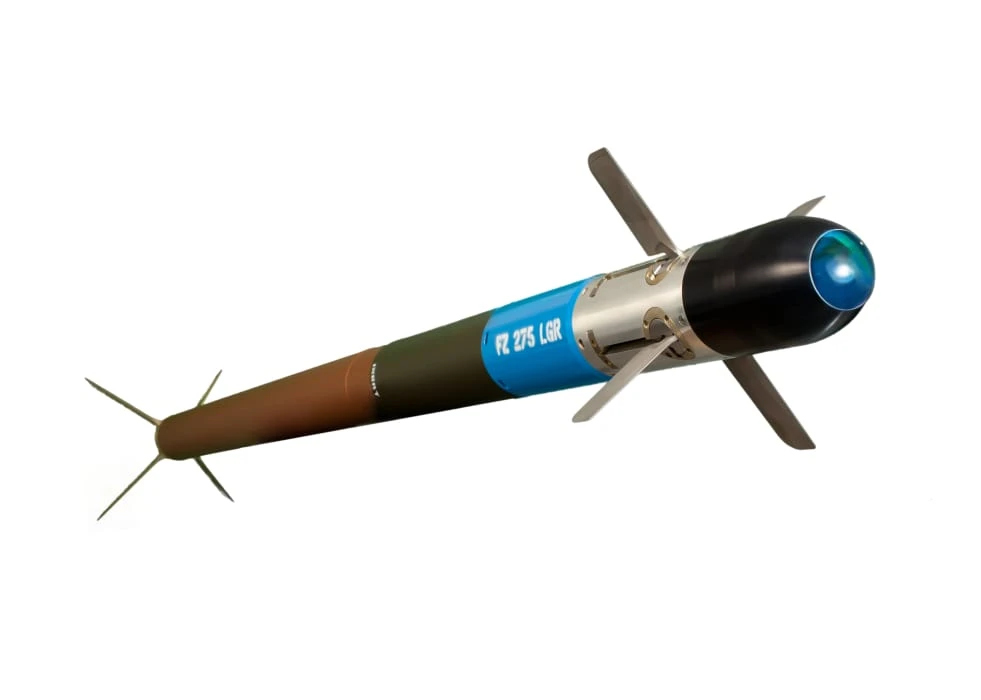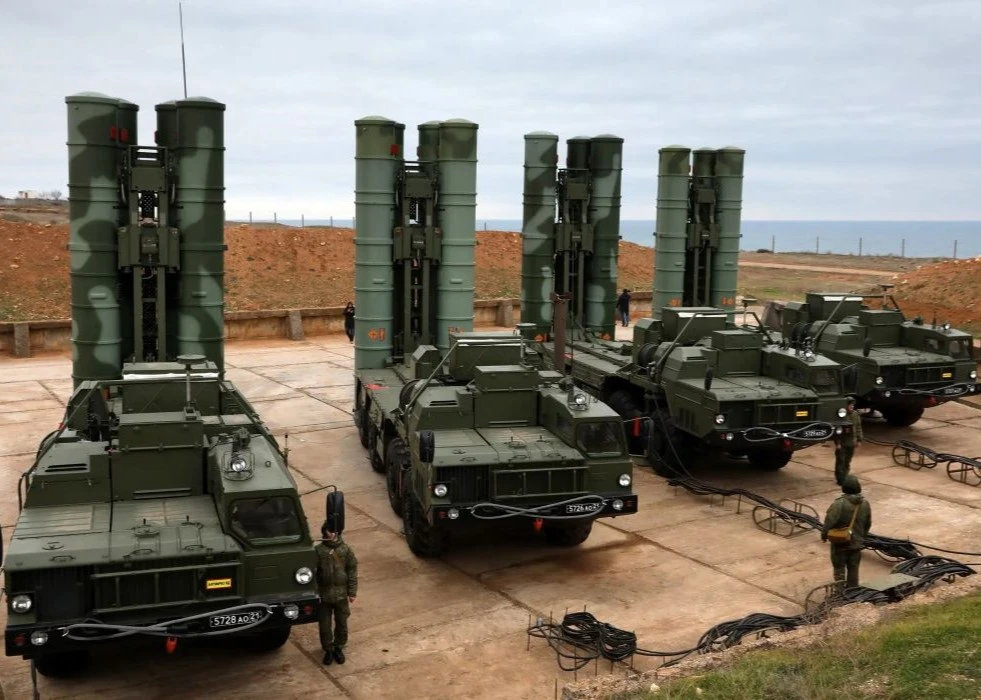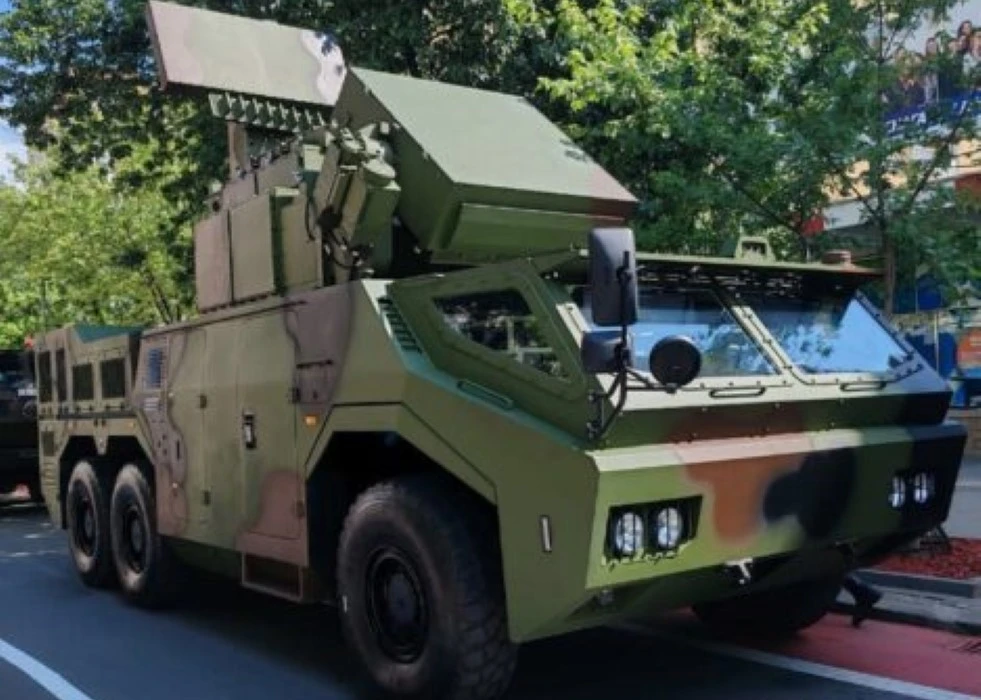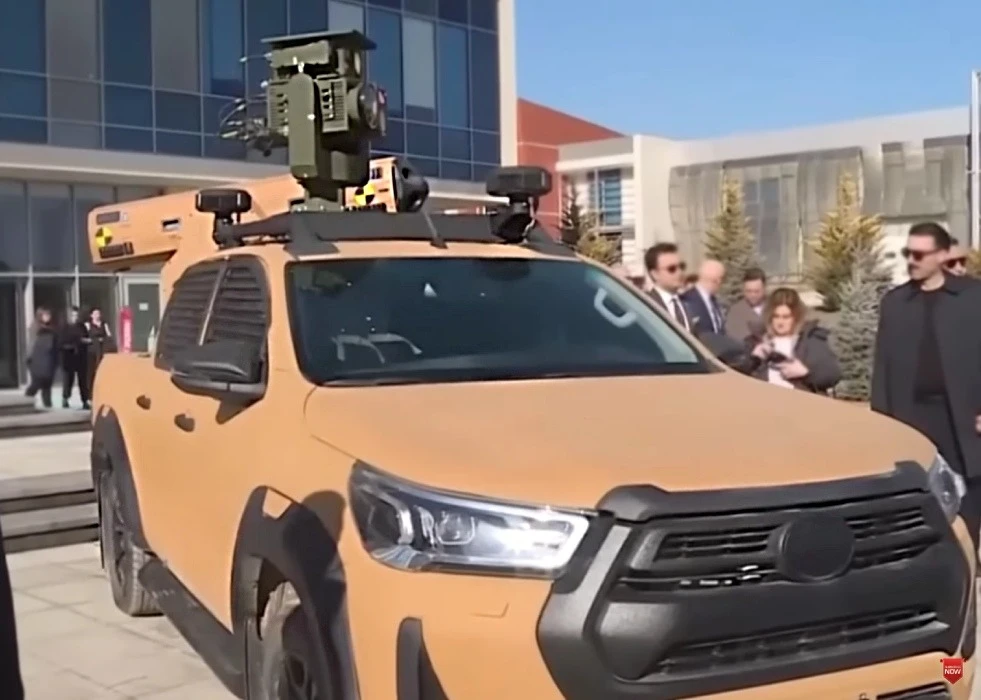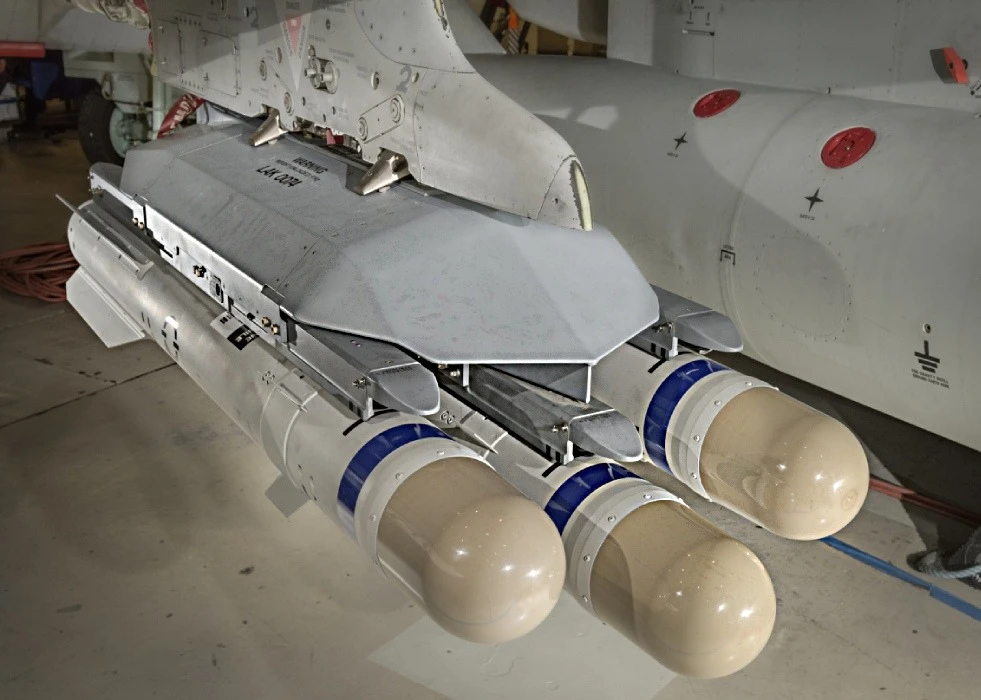Bayraktar TB2 was shown with the BARQ laser-guided missile developed for the indigenous Burraq UCAVs alongside ROKETSAN’s MAM-L gliding smart munition. There is no video of a firing test released. This marks the first time a rocket-powered munition was integrated on Bayraktar TB2, expanding the munitions portfolio further following the firing tests of Baykar’s KEMANKEŞ loitering munition.
The missile weighs 47.5 kg and carries a high-explosive (HE) warhead up to a range of eight km. BARQ was used in combat for the first time during a counter-terrorism operation in Shawal Valley.
Additionally, the development of the next missile version, BARQ-II, was announced in the first days of January 2024. BARQ-II is planned to have a longer range of 12 km and a weight of 50 kg.
Using both Bayraktar TB2 and AKINCI, Pakistan has been working on integrating various indigenous munitions into the UCAVs. Previously, Bayraktar AKINCI has been exhibited with IREK anti-radiation winged guidance kit and Al-Battar laser guidance kits.
Aside from the integration of various indigenous munitions on Baykar’s UCAV platforms, Pakistan is jointly developing new UAV systems with Baykar, such as KaGeM V3 jet-powered loitering munition, which is the second announced member of Baykar’s KaGeM family after the KEMANKEŞ loitering munition. KaGeM V3 appears to be larger and has a form meant for higher speeds compared to KEMANKEŞ with the absence of a gimbal electro-optical system but a seeker that appears to be an RF-based one.
There is also a mysterious loitering munition project from Pakistan with no disclosure of its name or manufacturers, included in a photo of the “Induction and Operationalisation” ceremony held on the 3rd of January 2024. Unlike other types launched with a catapult or tube, the new loitering munition takes off from a runway with landing gear. The large wingspan hints at the emphasis placed on long-endurance


